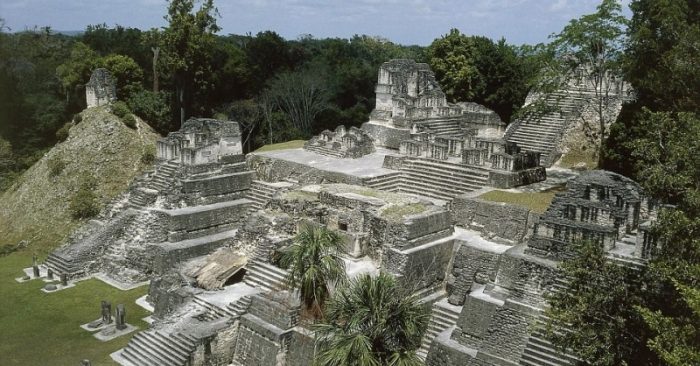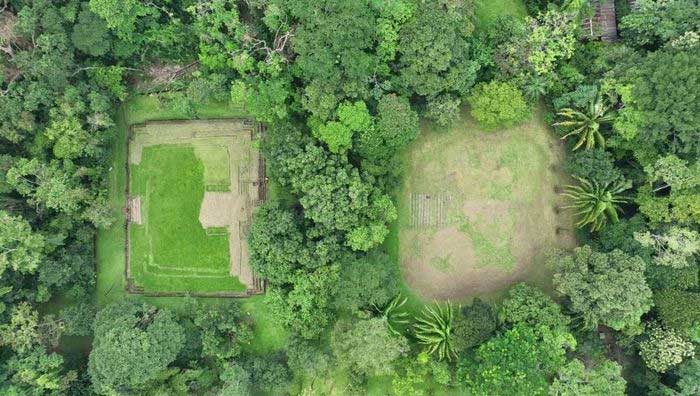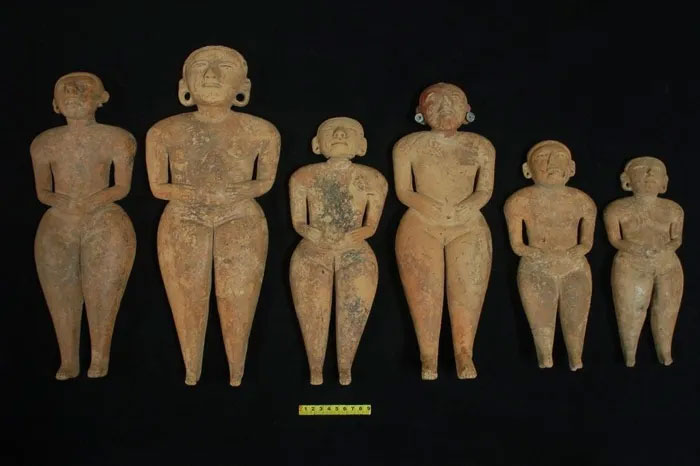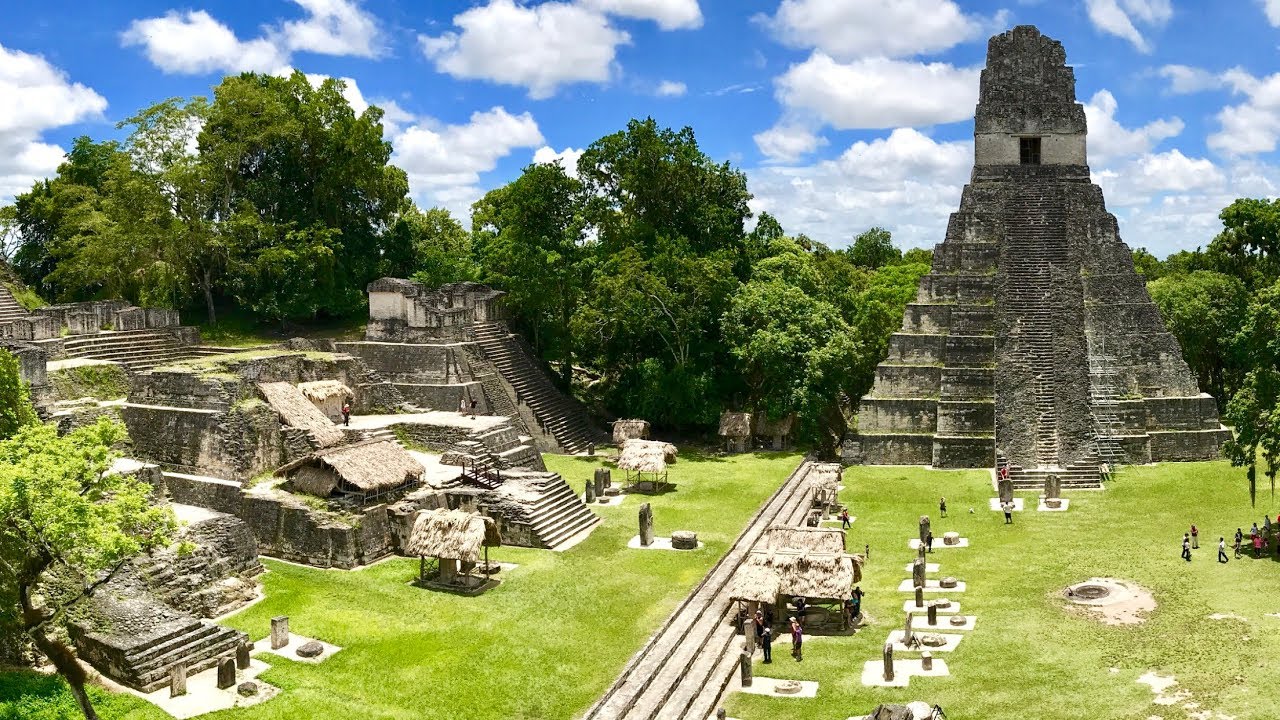UNESCO has just registered the ancient city of Tak’alik Ab’aj in Guatemala on the list of World Heritage Sites. This is a city with a history of 1,700 years, stretching from the Olmec civilization to the early Mayan culture.

Tak’alik Ab’aj is an archaeological park located on the Pacific coast of Guatemala. This city played a major role in the transition from Olmec civilization to Mayan culture. It was one of the most important economic and cultural centers in southern Guatemala during the pre-Columbian period. The park is located 600 meters above sea level, on the slopes of a chain of volcanoes that runs along the Pacific coast.
 Tak’alik Ab’aj archaeological site viewed from above. (Photo: Reuters).
Tak’alik Ab’aj archaeological site viewed from above. (Photo: Reuters).
To this day, many artifacts and ruins discovered in Guatemala’s Tak’alik Ab’aj National Archaeological Park mark the transition from Olmec culture to the early Mayan era. . This site also contains much early Mayan architecture. According to the Guatemalan Ministry of Natural and Cultural Heritage, with what has been found, the Tak’alik Ab’aj National Archaeological Park is a sacred site with many important links to Guatemalan culture. It has diverse flora and fauna, and even Mayan spirituality and worldview.
 Some relics were found in the Tak’alik Ab’aj archaeological site. (Photo: Reuters).
Some relics were found in the Tak’alik Ab’aj archaeological site. (Photo: Reuters).
Representative of the United Nations Educational, Scientific and Cultural Organization (UNESCO) in Guatemala, Mr. Patricio Zambrano said: “This place has special universal values. Among these exceptional values, We must highlight the work of human ingenuity that allows us to present unique and exceptional evidence of a cultural tradition or a vanished civilization.
The Guatemalan government said that this place is also known as the “City of Light” of the southern coast and from there the initial developments in technology and astronomy appeared.






